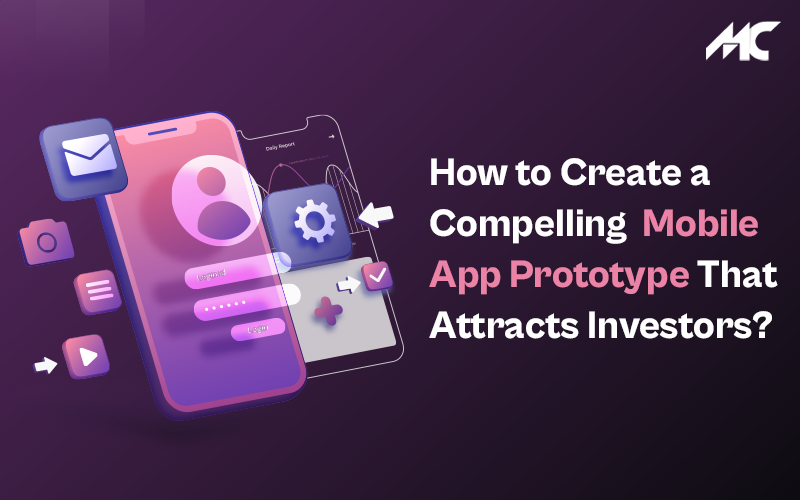How to Create a Compelling Mobile App Prototype That Attracts Investors?
Every digital product’s success completely depends on the idea it pitched, and that has the potential to solve customer pain points. When you initiate developing an app or a digital product to entice targeted users, you add multiple unique functionalities and features that users might not use.
Mobile app prototyping helps you analyze what elements users are missing in the app that helps solve their problems.
Prototyping in today’s mobile design and development world has become the most crucial component in the development process. It tells you all the pros and cons of the app idea. So, you can conduct modifications from an initial stage to upscale the solution before large-scale implementation.
Defining a prototype rightly is key to attracting investors for your app. The customer-focused and result-oriented mobile app prototype will help entice your investors so that they can generate maximum funds for your business.
This article is about mobile prototyping, its process, types of prototyping, benefits, and how to get funding from investors.
What is the Mobile App Prototyping Process?
Mobile app prototyping is creating a preliminary version of a mobile app that can be used for testing, demonstration, and user feedback. Here is a step-by-step mobile app prototyping process:
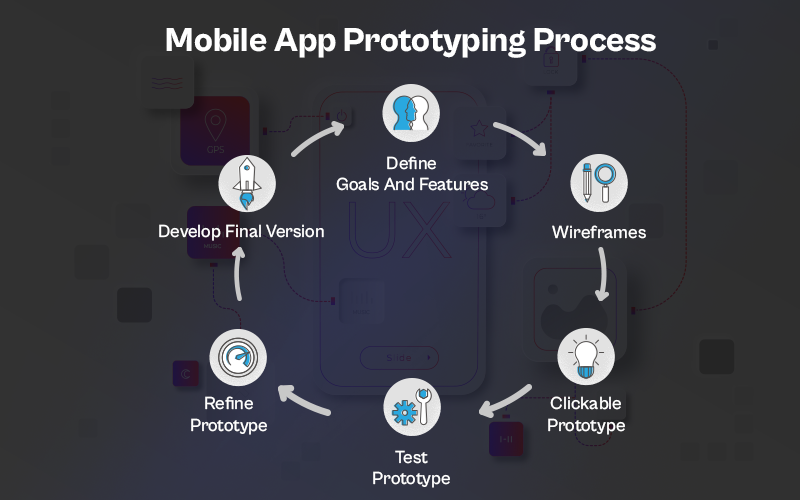

Define the app’s goals and features: Start by defining its goals and the features it will need to achieve them. It helps you understand the overall project’s scope and requirements.
Create wireframes: Wireframes are simple, low-fidelity sketches showing the app’s layout and functionality. They are used to plan the app’s structure and navigation and to identify any usability issues.
Create a clickable prototype: A clickable prototype is a more advanced version of the wireframe that simulates the app’s functionality and allows users to interact.
Test the prototype: Test the prototype with a small group of users to get feedback on its usability, UI/UX design, and functionality.
Refine the prototype: Based on the feedback, refine the prototype and iterate until you have a working prototype that meets your requirements.
Develop the final version: Once you are satisfied with the prototype, use it as a guide to developing the app’s final version.
It’s worth noting that the prototyping process can occur at different levels of fidelity and granularity; it’s also possible to use different tools like paper sketches, Figma, InVision, etc.
What are the Types of Mobile Application Prototypes?
There are several types of mobile application prototypes, each with a level of detail and functionality. The most common types include:
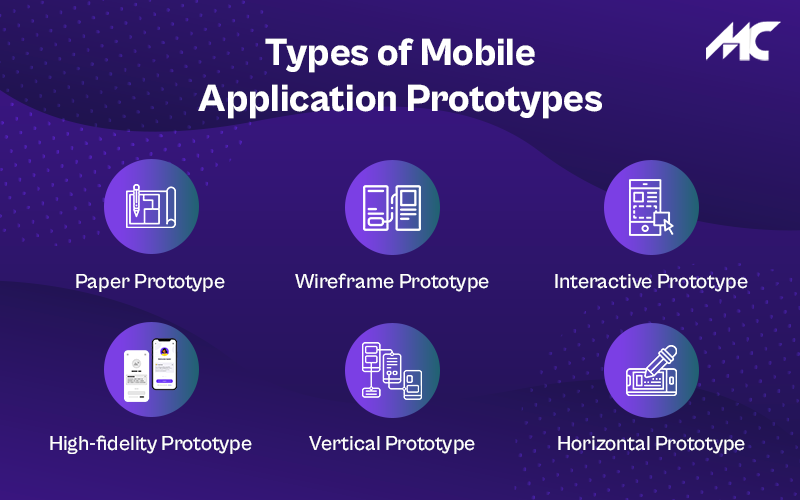

Paper prototype: A paper prototype is a simple, low-fidelity sketch of the app’s layout and functionality. It is used to test and validate ideas and get user feedback quickly.
Wireframe prototype: A wireframe prototype is a more detailed version of the paper prototype that includes the app’s structure, layout, and navigation. It is used to identify usability issues and to plan the app’s overall UI design.
Interactive prototype: An interactive prototype is a more advanced version of the wireframe prototype that simulates the app’s functionality. Users can interact with it and understand how the app will work.
High-fidelity prototype: A high-fidelity prototype is a fully-functional version of the app that looks and behaves like the final product. It can be used to test the app’s usability and get user feedback before the final development.
Vertical prototype: A vertical prototype is a working model of an app’s specific feature or function. This prototype is useful when testing a specific feature or function of the app in isolation.
Horizontal prototype: A horizontal prototype is a working model of the entire app. This prototype is useful when testing the app’s overall user experience and usability.
Ultimately, the choice of the prototype will depend on the goals and requirements of the project, as well as the budget and time frame for the project.
Tips To Convince Investors For Mobile App Prototype
Convincing investors to fund your mobile app development can be challenging, but with the right approach, it is possible to secure the funding you need. Here are a few tips to help you convince investors to invest in your mobile app:
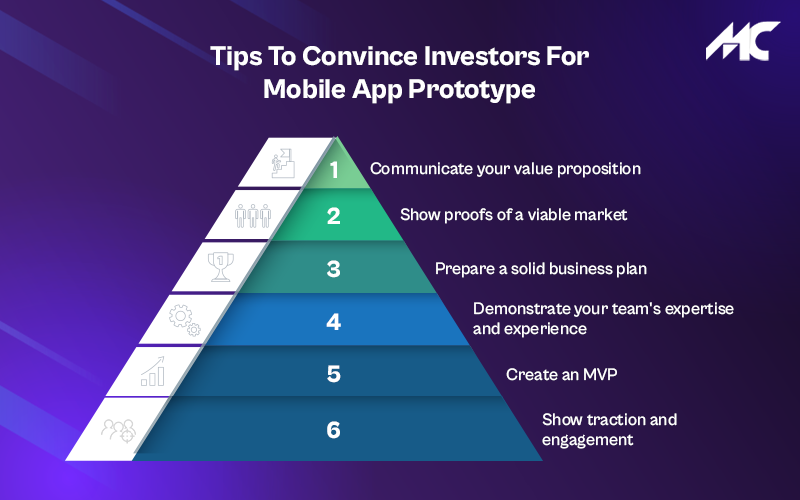

Communicate your value proposition: Your investors will be curious to know how your app will benefit their business. Make sure to clearly tell them how your app will solve their problems, adds value to their business, and generate greater ROI.
Show proofs of a viable market: Your investors might want to know if there is a market for your app. For this, you can provide data on the size of the market and targeted audience.
Prepare a solid business plan: A solid business plan is essential for convincing investors to invest in your mobile app. The business plan should include financial projections, a marketing strategy, and a plan for generating revenue.
Demonstrate your team’s expertise and experience: Investors want to know that the team behind the app has the necessary experience and expertise to bring the app to market. Highlight the team’s relevant experience and qualifications.
Create an MVP: Create an MVP to showcase a demo product with minimal features inbuilt to validate the product idea.
Show traction and engagement: If you have an existing app or have launched a beta version, show evidence of traction and engagement from users. This will demonstrate the app’s potential for success.
Remember that investors are looking for a good return on their investment, so it’s important to demonstrate that your app has the potential to generate revenue and be profitable.
Benefits of Mobile app prototyping
Mobile app prototyping has several benefits, including:
Improved usability: By creating a prototype, you can test the app’s usability and identify any issues before the final development. You can save both time and money by eliminating costlier modifications during the development process.
Increased user engagement: By allowing users to interact with the prototype, you can get valuable feedback on the app’s UI/UX design and functionality. Thus, it will accelerate user engagement and enhance user experience.
Better communication: A prototype can communicate the app’s design and functionality to stakeholders, such as investors and developers.
Faster development: A prototype can be used to guide the development process, reducing the need for detailed specifications and speeding up the development time.
Cost-effective: Developing a prototype is less costly than full-fledged product development. It’s the best way to validate your idea in the market before investing resources, time and money.
Reduced risk: By testing a prototype before a Mobile app development company in Florida, you can identify and mitigate potential risks before they become a problem. This can help to reduce the risk of project failure and increase the chances of success.
Enhanced collaboration: Prototyping encourages participation and collaboration from diverse stakeholders. It allows them to contribute ideas, suggestions, and feedback that can improve the final product.
Better decision-making: A prototype allows better decisions by testing different options, features, and layouts; this can lead to a better final product and a higher chance of success.
Overall, mobile app prototyping can greatly improve the development process by allowing you to test and validate ideas, identify usability issues, and gather feedback before the final development. It can also help to reduce costs, speed up development, and increase the chances of success.
How to Get Funding for your Mobile/ Web App?
There are several ways to obtain funding for a mobile or web app, including:
Bootstrapping: Starting with personal savings or income and reinvesting profits into the business.
Crowdfunding: Raising money from many people, typically via an online platform such as Kickstarter or Indiegogo.
Angel investors: High-net-worth individuals who invest their own money in startup companies.
Venture capital: Investment firms that provide funding to startups in exchange for equity in the company.
Incubators and accelerators: Programs that provide funding, mentorship, and resources to early-stage startups.
Business loans: Traditional bank loans or loans from alternative lenders.
Ultimately, the best funding option for your app will depend on your specific business and financial situation. It’s always advisable to consult with a lawyer, accountant, or other professional to help you navigate the funding landscape.
Conclusion
Creating a compelling mobile app prototype is a critical step in attracting investors for your app. A well-designed prototype can help investors visualize your app’s potential and understand how it will solve a problem or meet a need in the market. By keeping it simple, visually appealing, and highlighting the problem your app solves, you can create a prototype that effectively demonstrates the value of your app.
Additionally, testing your prototype with potential users, telling a story, and making it interactive will make it more realistic and easy to understand. Remember to join hands with mobile app development companies that have a team of skilled and experienced designers, developers, and industry experts to ensure your prototype is of high quality and well-presented.
Here, MobileCoderz focuses on creating a design that inspires users to spend their money and time on the app prototyping services offered by our skilled team.
-

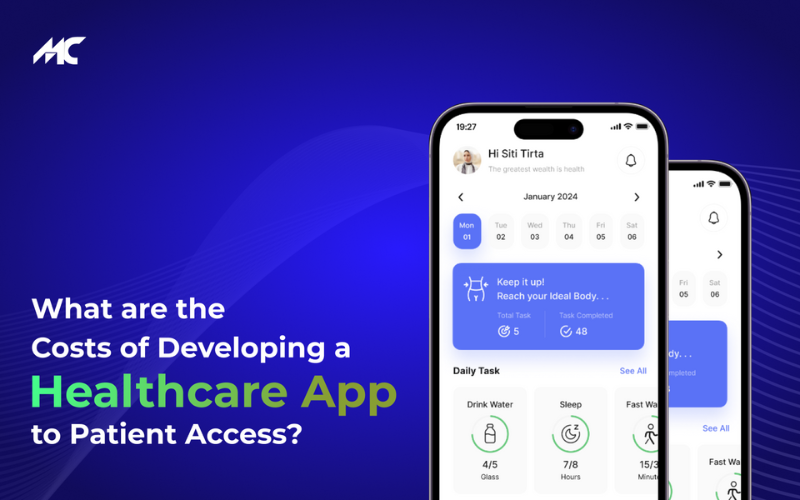 What Are the Costs of Developing a Healthcare App Similar to Patient Access?
What Are the Costs of Developing a Healthcare App Similar to Patient Access? -

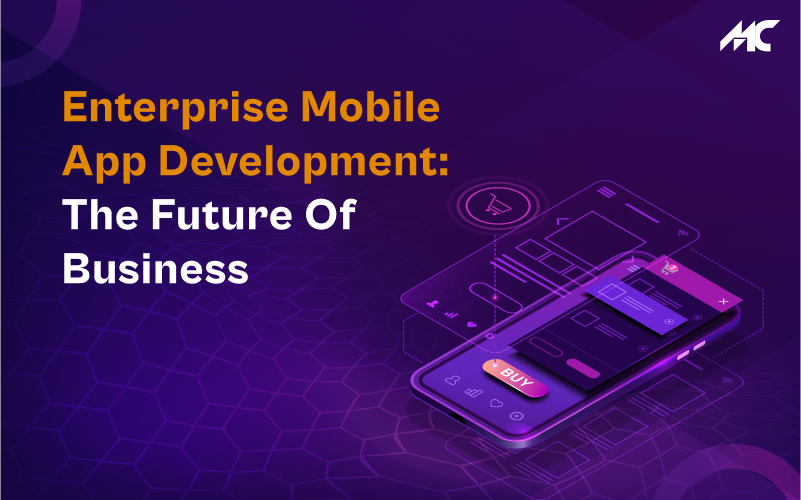 Enterprise Mobile Application Development: The Future of Business
Enterprise Mobile Application Development: The Future of Business -

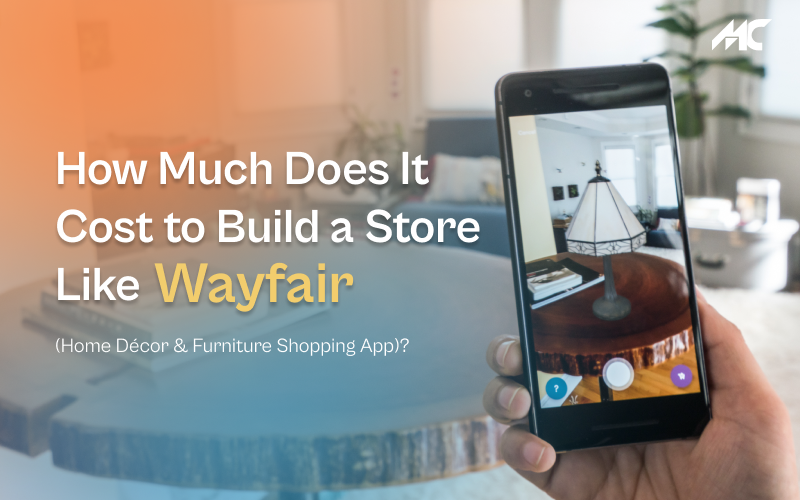 How Much Does It Cost to Build a Store Like Wayfair (Home Decor & Furniture Shopping App)?
How Much Does It Cost to Build a Store Like Wayfair (Home Decor & Furniture Shopping App)?



